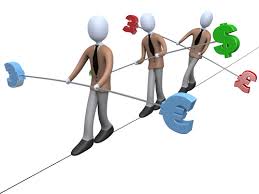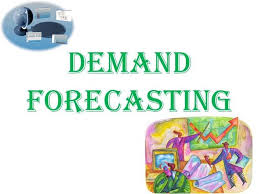Exchange rate:
The rate at which one currency is converted to another currency is called the Exchange Rate. When foreign currency is a constant and is expressed in terms of domestic currency as a variable, it is called a Direct Quote.
E.g. USD 1 = Rs.61.75
Indirect Quote is when it is given as Rs.100=USD 1.62
Two way Quotes:
Banks give a two way quote as under:
USD 1 = 61.65 – 61.80
This means the Bank will buy USD from the customer at Rs.61.65 per dollar and sell to him at Rs.61.80 per dollar. This is called the Bid-Ask Rate. Bid means the market maker is prepared to pay so much money for buying the foreign currency. Ask means he is prepared to sell foreign currency at the quoted rate
Cross Rates:
If rates for one currency is not available against another currency, the rate between them is obtained by using an intermediary currency. The rate thus obtained is called a ‘CROSS RATE’. The principle applied for getting the cross rate is called the chain rule. Let us assume that we do not have EUR/INR rate, but we have USD/INR rate and can obtain EUR/USD rate from New York market
USD 1 = Rs.62.3300 – 62.3500 in Indian Market
EUR 1 = USD 1.0904 – 1.0907 in New York Market
EUR/INR rate would be:
Buying Rate: EUR 1 = INR 1.0904*62.33 = 67.964632
Selling Rate: EUR 1 = INR 1.0907*62.35 = 68.005145
Merchant Rates:
Purchase and Sale transactions are done with exporters, importers and other clean remittance customers on the basis of ‘MERCHANT RATES’. Every Bank gives out its own Merchant Rates for all freely convertible currencies. Rates follow the pattern as under
- TT Buying
- TT Selling
- Bill Buying
- Bill Selling
- TC Buying
- Currency Buying
- Clean Cheque Purchase
Click here for government certification in Accounting, Banking & Finance





12 Comments. Leave new
Well written.
Nice article
Well explained.
a very good format applied to explain the topic.
Good information!!
Good job
Really good work. please see if u can write up something about merchant rates
Good work. Very interesting.
Well done
precise, simple and to the point !
loved the way of presentation !
Nice job. Keep writing
can be understood by a layman…good work